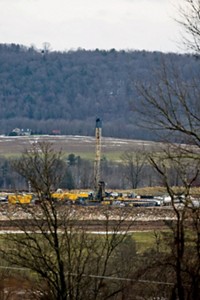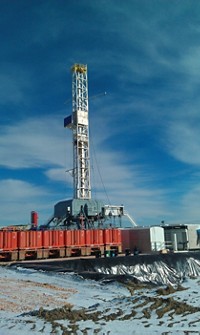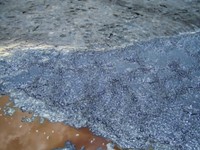Advertisement
Grab your lab coat. Let's get started
Welcome!
Welcome!
Create an account below to get 6 C&EN articles per month, receive newsletters and more - all free.
It seems this is your first time logging in online. Please enter the following information to continue.
As an ACS member you automatically get access to this site. All we need is few more details to create your reading experience.
Not you? Sign in with a different account.
Not you? Sign in with a different account.
ERROR 1
ERROR 1
ERROR 2
ERROR 2
ERROR 2
ERROR 2
ERROR 2
Password and Confirm password must match.
If you have an ACS member number, please enter it here so we can link this account to your membership. (optional)
ERROR 2
ACS values your privacy. By submitting your information, you are gaining access to C&EN and subscribing to our weekly newsletter. We use the information you provide to make your reading experience better, and we will never sell your data to third party members.
Environment
Microbial communities thrive in fracking wells
Genomics analysis identifies at least one new organism that’s unique to shale formations
by Celia Henry Arnaud
September 12, 2016
| A version of this story appeared in
Volume 94, Issue 36
Some hardy microorganisms can survive the harsh underground conditions created by the oil and natural gas extraction method known as hydraulic fracturing. New revelations about the microbes come from a team led by microbiologist Kelly C. Wrighton of Ohio State University, which has used metagenomics and metabolite analyses to characterize microbial communities deep inside the Marcellus and Utica shale formations of the northeastern U.S. (Nat. Microbiol. 2016, DOI: 10.1038/nmicrobiol.2016.146). The researchers collected samples from a week to months after initial fracking when oil and gas were flowing from the wells. From metagenomics data, they reconstructed 31 microbial genomes, finding one organism that seems to be unique to shale formations, which they have named Candidatus Frackibacter. Overall, the microbes have interdependent metabolisms. For example, some microbes make glycine betaine, a compound that protects cells against osmotic stress that results from the high salt content of the shale. Other organisms take up that glycine betaine and metabolize it to form trimethylamine, which can be used by still other organisms to produce methane. The researchers also identified microbes that are likely culprits in producing sulfides that can lead to equipment corrosion and oil and gas reservoir souring. They further observed that the microbes persisted and even thrived despite added biocides and the high temperatures of fracking wells.





Join the conversation
Contact the reporter
Submit a Letter to the Editor for publication
Engage with us on Twitter